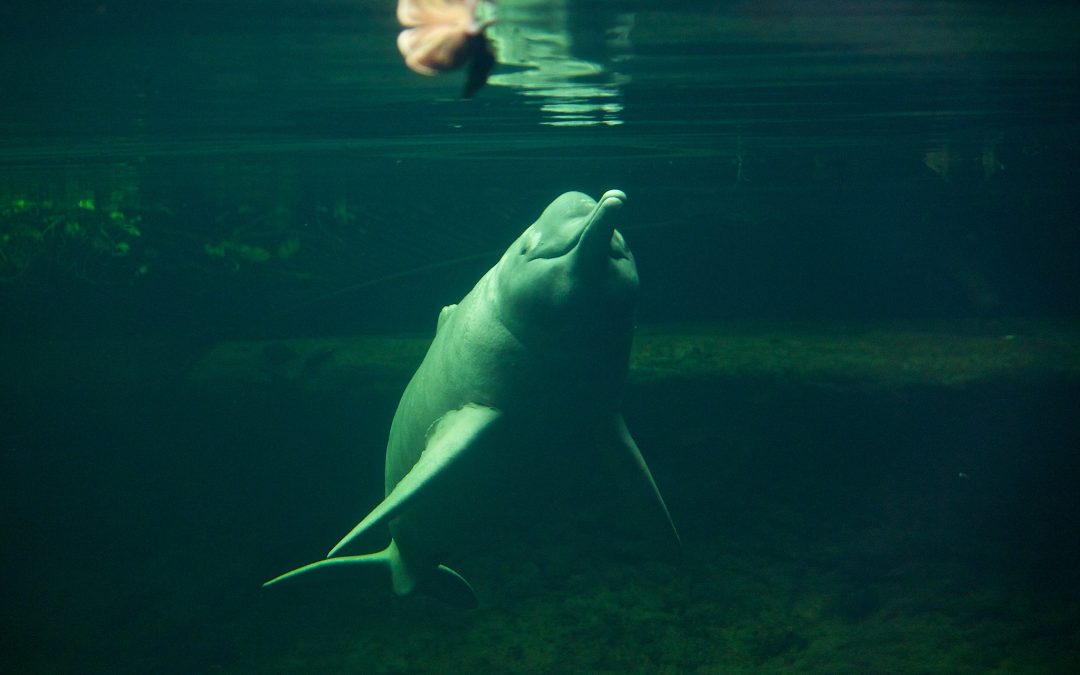By Claire Salisbury / Mongabay
- A new study finds that as many as 26 dams could put the charismatic Amazon River Dolphin and the freshwater Tucuxi Dolphin at risk.
- The research looked at whether particular Amazon dam projects would fragment dolphin populations and affect prey populations.
- Though the public is fascinated by the Amazon’s dolphins, no one knows how many are currently left in the wild, or how the dam building frenzy will impact their numbers.
A dam-building boom is underway in the Amazon. More than 400 hydroelectric dams are in operation, being built, or planned for the river’s headwaters and basin. Scientists know that tropical dams disrupt water flow and nutrient deposition, with negative consequences for aquatic animals, especially migratory species. But little detailed knowledge exists as to the impacts of dams on specific species, or as to the best mitigations to prevent harm.
A recent study that tries to fill in that knowledge gap zeroes in on Brazil’s river dolphins. It found that as many as 26 dams could negatively impact dolphin populations and their prey.
The research, led by Dr Claryana Araújo of the Federal University of Goiás, Brazil, focused on two freshwater species: the Amazon River Dolphin, or boto (Inia geoffrensis), which is sometimes famously pink; and the Tucuxi (Sotalia fluviatilis).
The river dolphins of South America are charismatic emblems of rainforest biodiversity, and have captured the public imagination. Swimming in rivers, lagoons, and among submerged tree trunks in flooded forests to chase down prey, they can be found as far inland as the upper reaches of Amazonian tributaries, more than 2,600 kilometers (1,615 miles) from the Atlantic Ocean.
The two species inhabit Brazil, Peru, Ecuador, and Colombia, and in the case of the Amazon River Dolphin, Bolivia and Venezuela. Their ranges in Brazil extend beyond the limits of the Amazon basin, to include the Araguaia-Tocantins (for the Amazon River Dolphin) and North Atlantic watersheds (for both species).
Despite their status as flagship species in the region, both are classified as Data Deficient by the International Union for Conservation of Nature (IUCN) due to a current dearth of data. No one knows how many exist in the wild, or population trends over recent decades, and uncertainties remain regarding their ecology, and major threats to the species. This lack of baseline data leaves scientists and governments in the dark regarding the conservation measures needed, and puts the animals at greater risk.
Partially republished with permission of Mongabay. Read the full article, Damming the Amazon: new hydropower projects put river dolphins at risk
“Amazon river dolphin” by Missud is licensed under CC BY-NC-ND 2.0.

